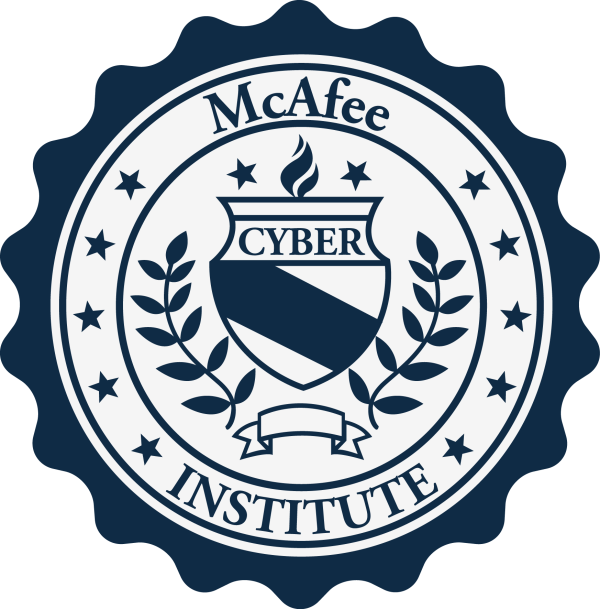Social network is a term referring to the relationships that tie us to other people. It is the social structure that maps out the relationships between individuals. Although we technically all belong to one giant social network, we also belong to smaller, tighter social networks that are defined by our families, friends, where we live, work, went to school, hobbies, interests, etc.
As we meet people, we typically engage in basic background discussions, such as: “What do you do?”, “Where do you work?”, “Where did you go to school?” Through these questions and others, we frequently come across similar interests and/or realize that we have relationships with the same individuals. The goal of social networking sites is to turn this verbal dialogue into a visual framework available for all of your connections (and sometimes your connection’s connections) to see. Thus, by connecting to someone online, people can see relationship connections visually and can identify topics they have in common without having to speak to each other.
Social networking sites also allow us to share our lives with “friends” without having to speak or write to each other. Social networking sites allow you to post messages on your site for others to read. The sites also allow you to post photos, videos, and music. People use social networking sites to join groups related to their interests and hobbies. As individuals begin to communicate in this fashion there is a tendency to over-share with others that you would not normally provide with this information. For example, a few months ago, a very casual acquaintance began posting details about her pregnancy in excruciating detail. This information was not sent directly to me, but rather it was posted on her page for anyone connected to her to read. This seems to be the result of our demand for instant and constant communication.
Use of social networking sites is an important tool when handling workers’ compensation cases because it is a potential fount of useful information that would otherwise be undiscoverable. In order to identify useful evidence, it is important to have an understanding of main social networking sites and the information users frequently provide on their profiles.



Post your comment on this topic.